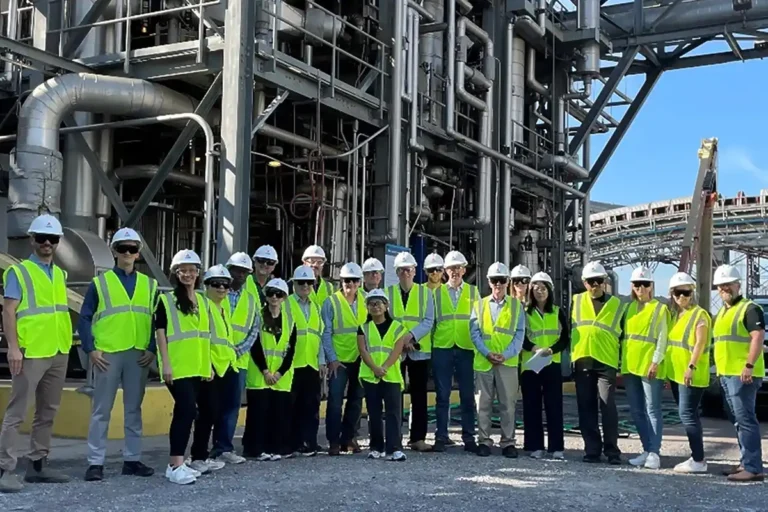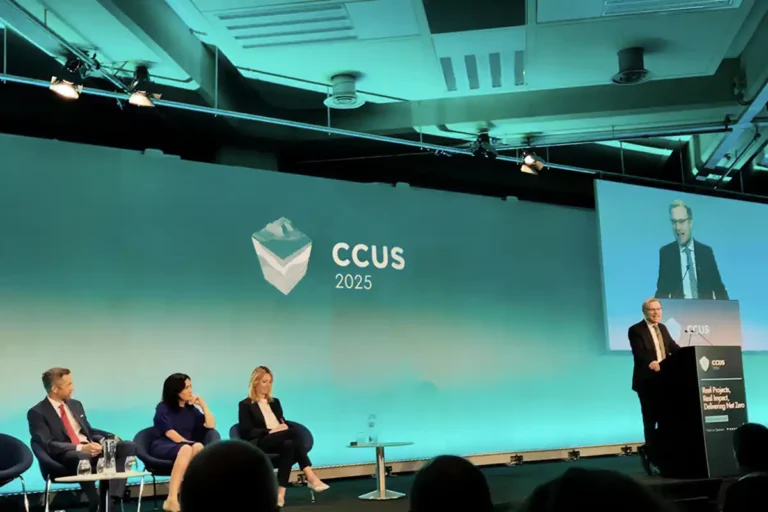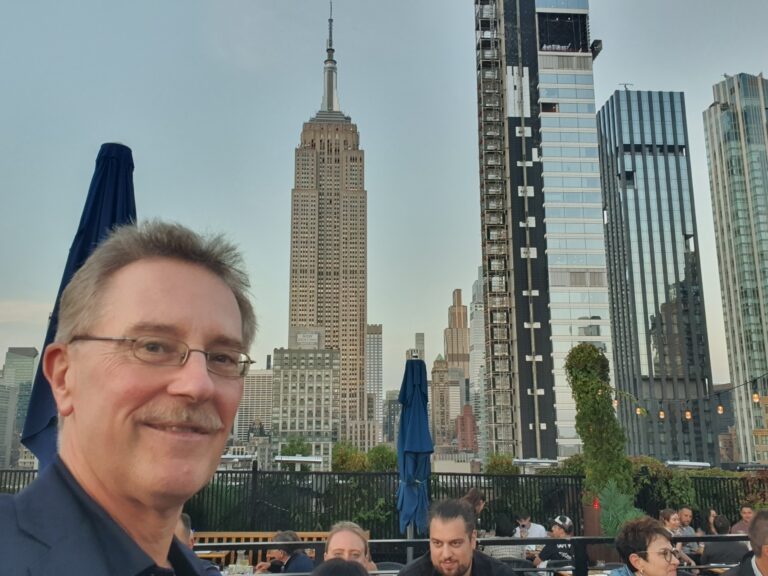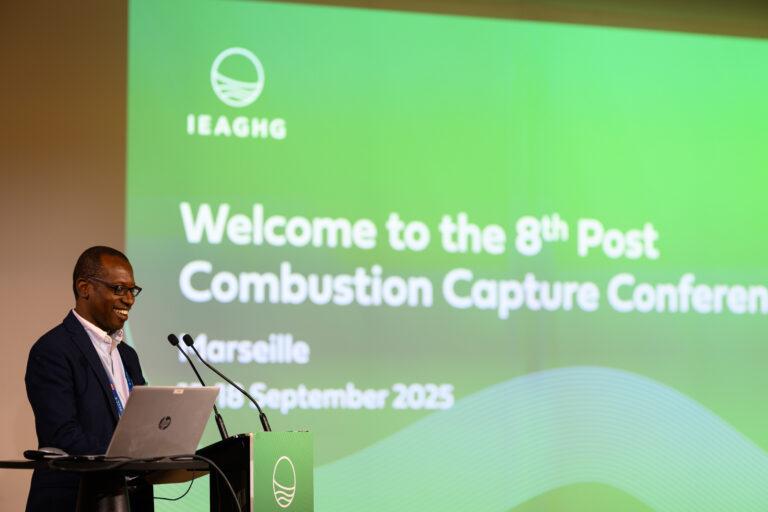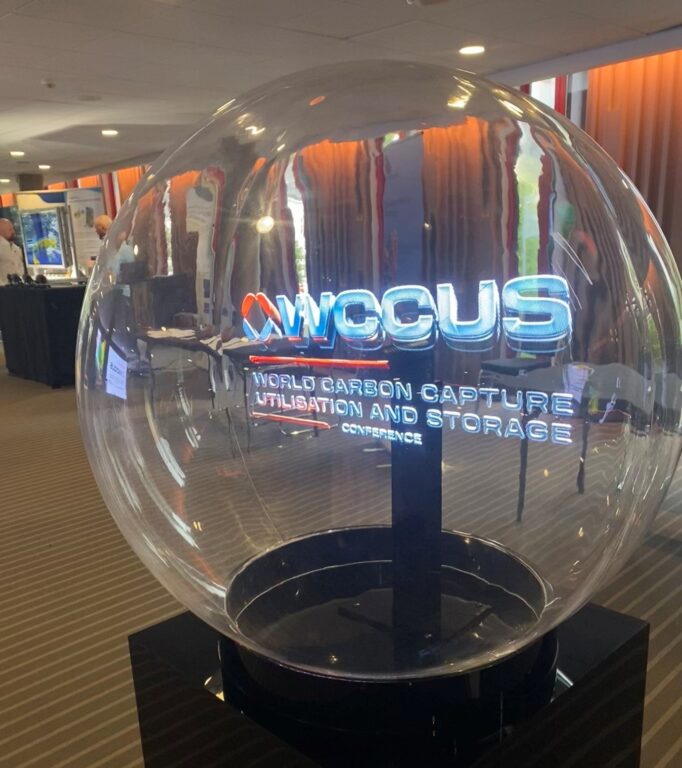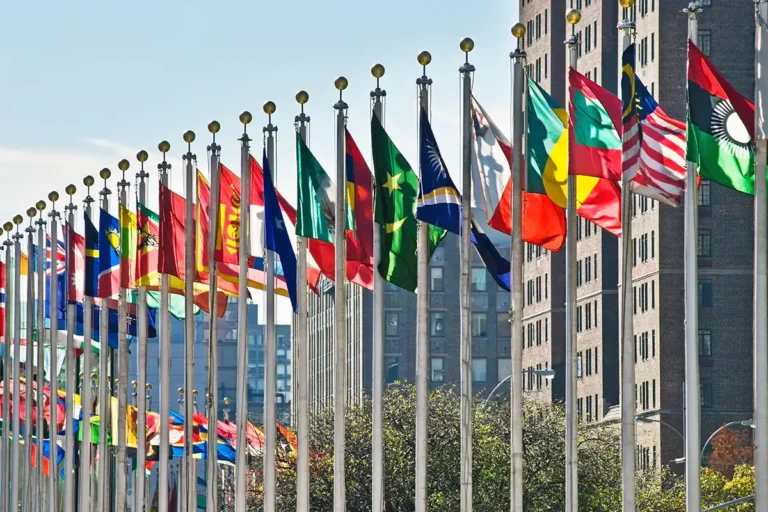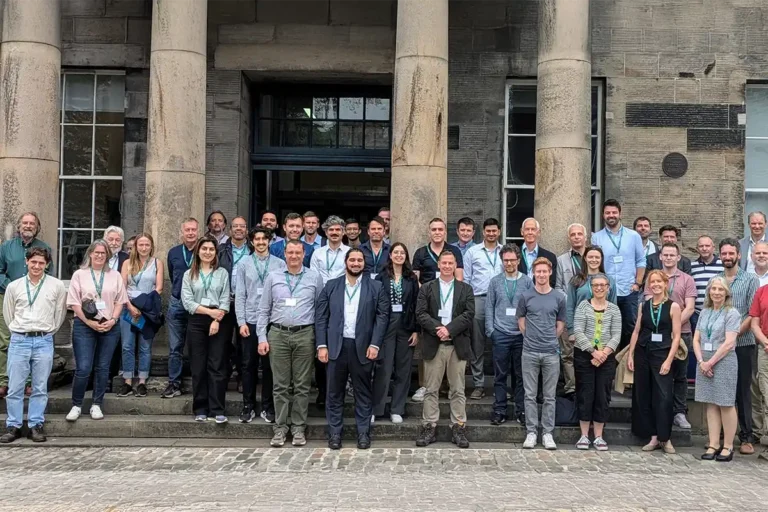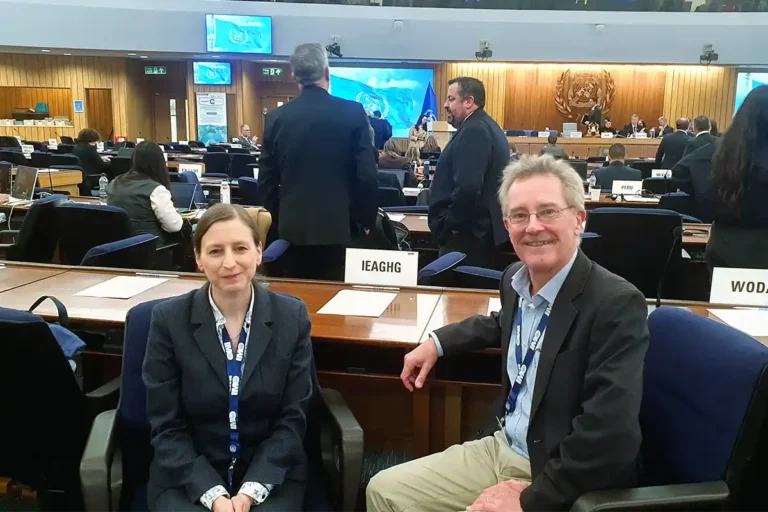
New IEAGHG Report: Feasibility Study on Achieving Deep Decarbonization in Worldwide Fertilizer Production
3 March 2022
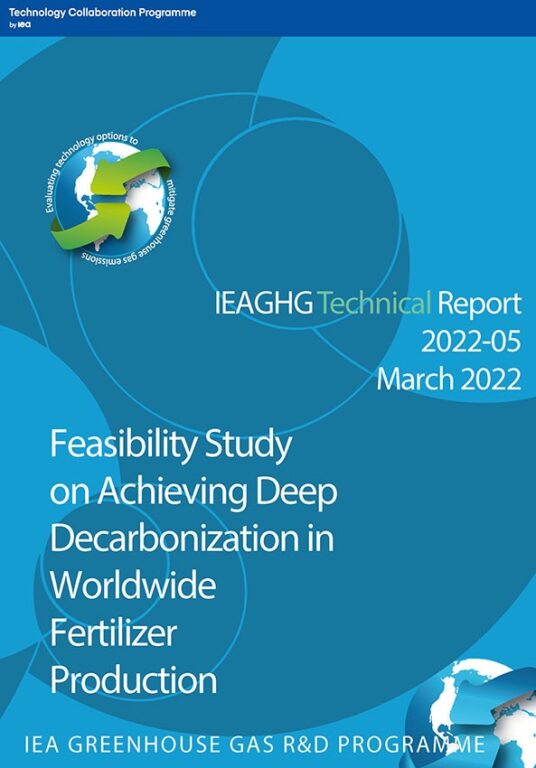
Food production is expected to increase due to global population growth and, consequently, fertilizer production will be essential for global food security. Currently, the carbon dioxide (CO2) emissions linked to fertilizer production are approximately 400 Mt/year (over 1% of global energy-related CO2 emissions) with a predicted growth to 550 Mt/year by 2050. Fertilizers are basically produced from ammonia. It then follows that the feedstock used in ammonia production will play a significant role in the amount of energy consumption and CO2 emissions produced during food production. To limit the impact on the environment caused by the current ammonia production routes, which rely significantly on fossil fuels both as an energy source and as feedstock, sustainable production pathways need to be implemented. Since only nitrogen and hydrogen are required for ammonia synthesis, there are few variables for process optimization. The conventional steam methane reforming (SMR) hydrogen production route is one of the primary variables in the environmental impact of the ammonia process. The application of carbon capture on the production of fertilizer is recognized as one of the least-cost methods of capturing CO2 from a thermodynamic and process perspective; and is equally attractive as it also has one of the lowest cost impacts on the price of the commodity.
IEAGHG commissioned a study on the ‘Feasibility Study on Achieving Deep Decarbonization in Worldwide Fertilizer Production 2022-05, March 2022” to provide an overview of fertilizer production processes with and without CO2 capture. Assessment of the identified fertilizer production processes from a broader environmental perspective was also included. Further, this study analysed the results and has provided recommendations on how deep decarbonization of fertilizer production can be achieved for regions such as Europe, North America, and the Middle East.
Three ammonia production routes for fertilizers are analysed and compared as follows:
- Case 1: Production of ammonia from natural gas without CO2 capture from SMR flue gases (base case)
- Case 2: Production of ammonia from natural gas with CO2 capture from SMR flue gases
- Case 3: “Hybrid” production of ammonia from water electrolysis (partial) and natural gas, with CO2 capture from SMR flue gases.
This study has highlighted the decrease of direct CO2 emissions from the ammonia process derived from CO2 capture. Specifically, the highest environmental benefit was gained from where an impact reduction of up to 70% was observed. In UK, USA and Saudi Arabia the impacts decreased by 53%, 40%, 33% respectively. In general, the results of this study implied that the environmental impacts of the fertilizer production routes investigated are mainly affected by energy (natural gas and electricity) demand and the related supply chain. The Norwegian case study was found to be the most sustainable option for fertilizer synthesis due to its significant environmental savings compared to other three cases in this study.
Download the ReportOther articles you might be interested in
Get the latest CCS news and insights
Get essential news and updates from the CCS sector and the IEAGHG by email.
Can’t find what you are looking for?
Whatever you would like to know, our dedicated team of experts is here to help you. Just drop us an email and we will get back to you as soon as we can.
Contact Us NowOther articles you might be interested in
Get the latest CCS news and insights
Get essential news and updates from the CCS sector and the IEAGHG by email.
Can't find what you are looking for?
Whatever you would like to know, our dedicated team of experts is here to help you. Just drop us an email and we will get back to you as soon as we can.
Contact Us Now

